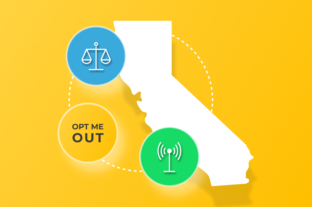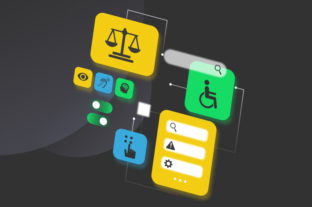You’ve likely been in a situation where your web analytics implementation went down and you lost valuable information on your campaign performance, revenue attribution, and traffic sources. When that happens, it hurts.
As a web analyst, that data is your livelihood. If you can’t count on it being present and correct, then your next move relies on guess work… which is the exact opposite of how you want to contribute to a data-driven enterprise.
Why Web Analytics Data Can Become Inaccurate
There are a variety of reasons why your data can become compromised, most of them not due to any malicious intent.
If you have many digital properties or a very complex and unwieldy one, simple updates to your website can sometimes have unexpected side effects on your analytics implementation. One team in your company might make a change that they’re not aware will unintentionally interrupt a dependency for another team’s code. Or a simple cut and paste might just overwrite a tag, and it interferes with your tracking. Human error is a given, especially with multiple teams working on a digital property.
Something like this has probably happened to you before, but do you remember how long it took to even discover the issue? What did the error mean for your data quality? Consider how often your site changes. If something breaks, how can you know before the issue affects data quality?
How to Protect Web Analytics Data Integrity
The solution is threefold:
1. Test your tracking as often as you update the site or analytics.
As we’ve outlined above, anytime your site changes, you should be double checking to make sure no tags have broken or fallen off. Checking for functionality after every update might seem like a tedious task, but there are tools to automate this process for you.
ObservePoint’s Technology Governance solution automatically scans your web properties to audit and validate your analytics and tagging implementations.
2. Test your analytics in staging before going live.
Ideally, you shouldn’t have to wait for your site updates to go live before testing. Use your staging environment to test analytics updates.
ObservePoint’s Audits and Journeys can be run in staging environments without deploying any code. You can even integrate with your CI/CD flow via the API.
3. Run regular tests on your highest traffic pages and most important user paths.
Understanding how visitors interact with your site is an important part of optimizing performance. So, running tests on your highest traffic pages and most important conversion paths will ensure that nothing is preventing customers from completing their events and that tracking is functioning.
Automation Is the Answer
Manually going about frequent and thorough testing each time you updated your site or implementation would be impossible, especially for an enterprise with websites spanning thousands of pages. By using automated validation services like Technology Governance, you can ensure the accuracy of your data. Save your time and resources for analyzing your data rather than cleansing it.
If you’d like to find out more about ObservePoint’s solution or see a demo of the tool analyzing the technology on your site, schedule a free Web Analytics Audit.








